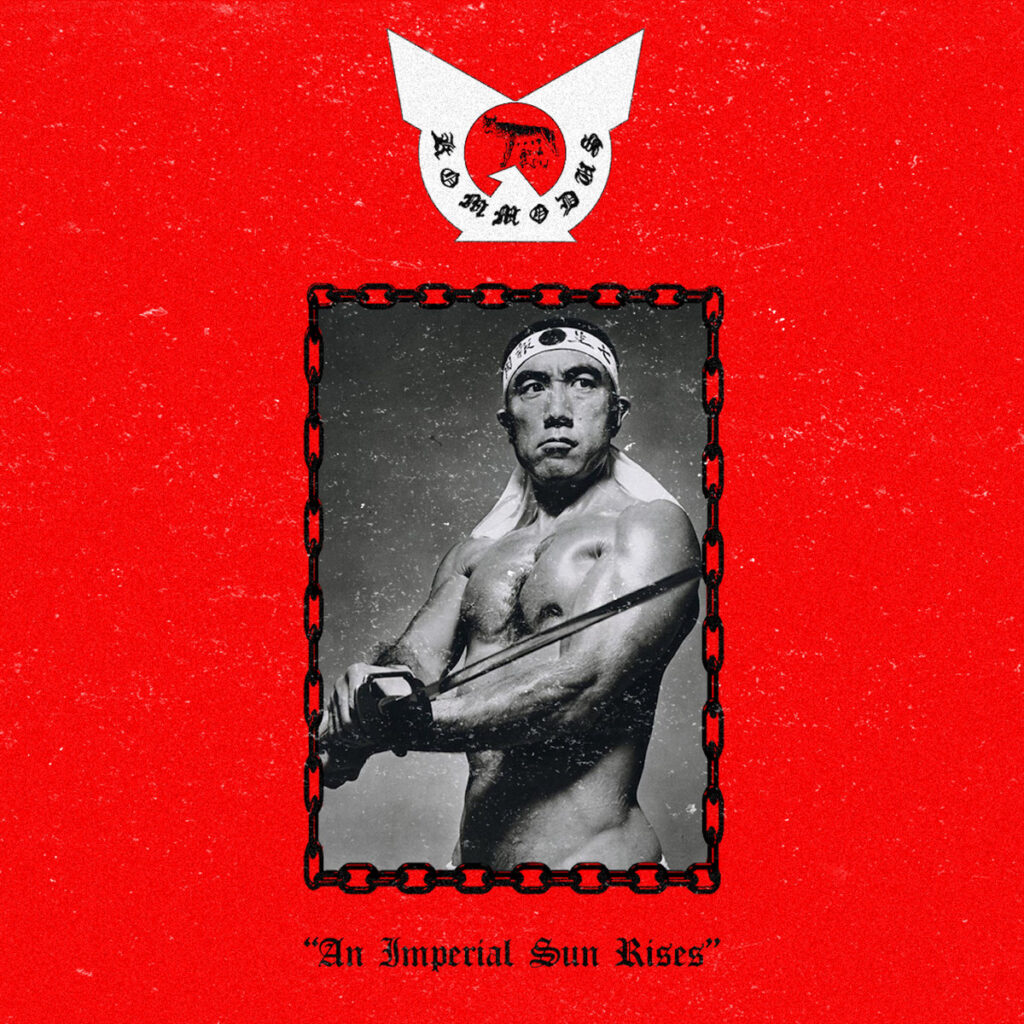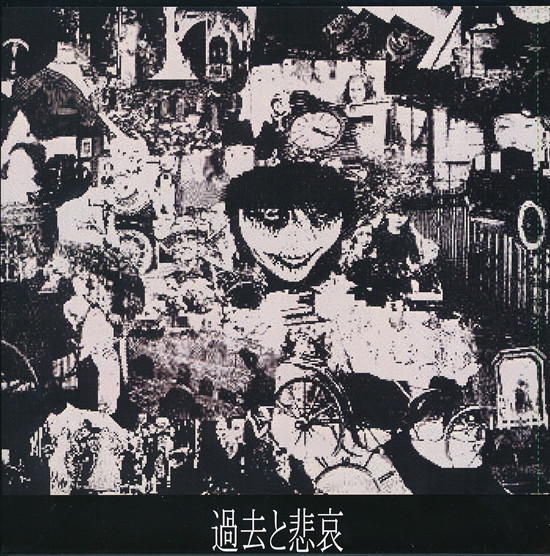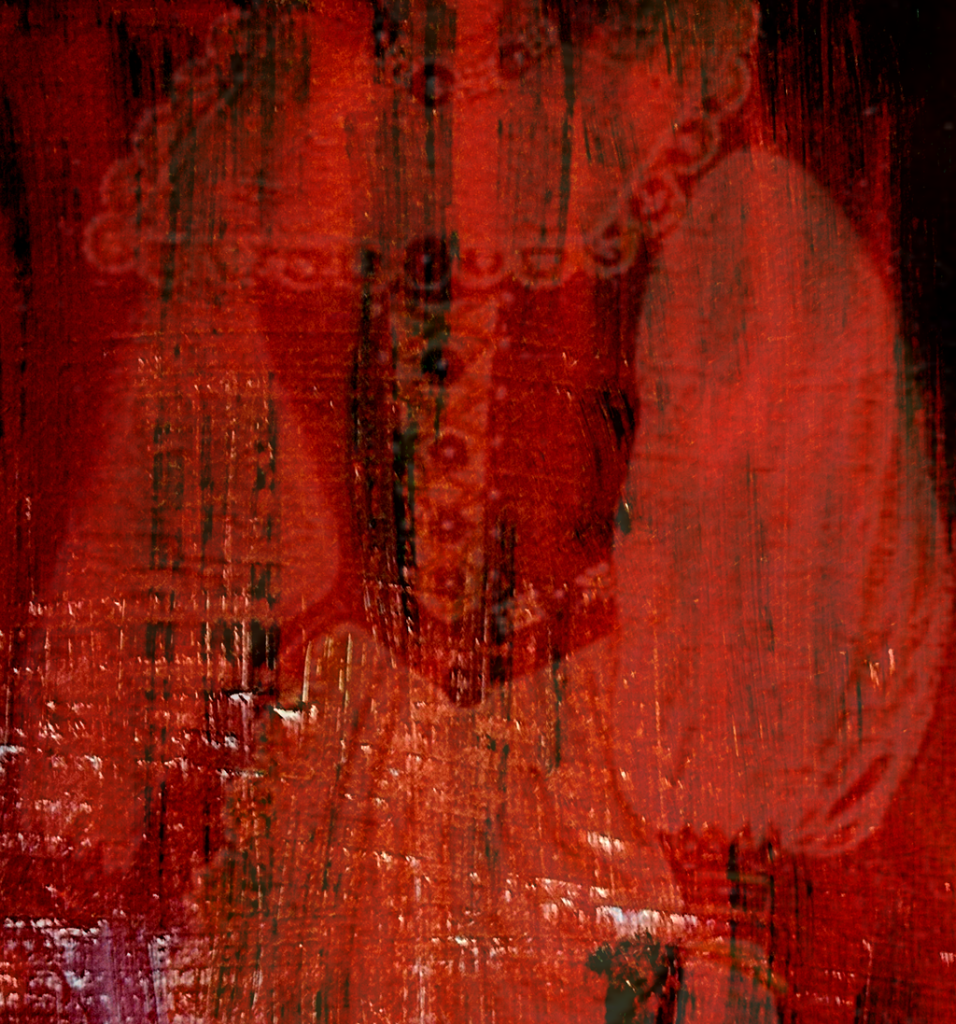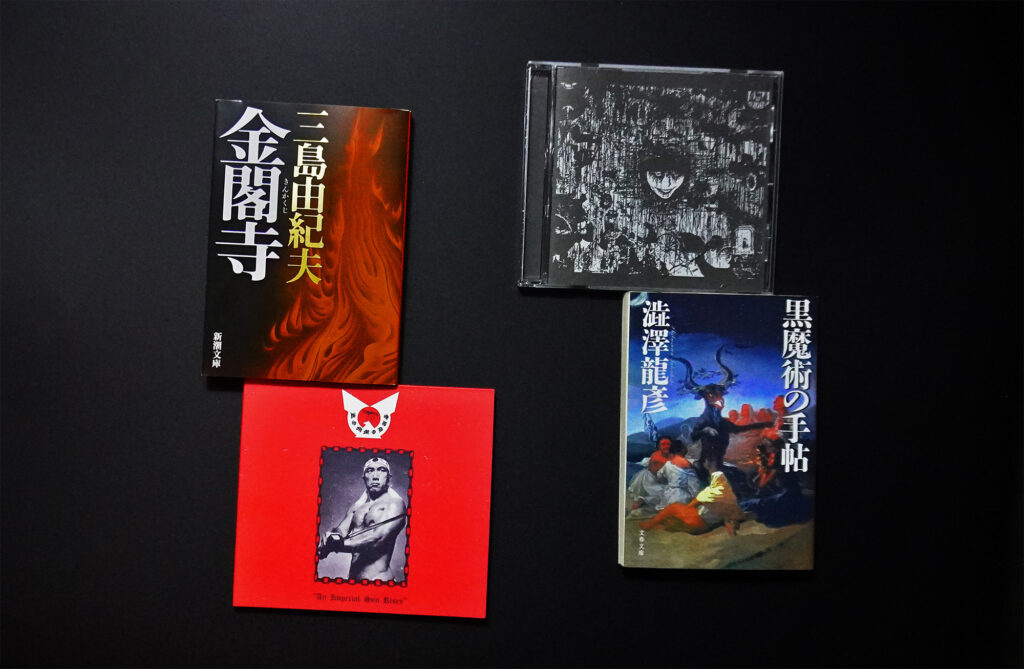Recently, Lords of Chaos, based on the story of the pioneering Norwegian black metal band Mayhem, was released in Japanese movie theaters and became a hit. We used this opportunity to ask “Ankoku” critic Mamoru Goto to write a piece shedding new light on black metal in and of Japan. What link did Goto, who writes about traditional and contemporary western and eastern literature, films, music, and such through a gothic lens, find between Japan and black metal?
What connects Yukio Mishima and the black metal?
The film Lords of Chaos showed how the king of black metal Varg Vikernes is a neo-Nazi, true to life. He’s also a supporter of Vidkun Quisling, a notorious Norwegian figure who was executed post-war after leading a regime as a collaborator of Nazi Germany during World War II.
This happened after the period depicted in the film, but he also befriended Tom Eiternes in prison. Eiternes founded a KKK branch and was in a leading position of a far-right Einsatzgruppe group. Demonstrably, the black metal scene is prone to adopt far-right ideologies, combined with satanism and Norse paganism.
In this sense, An Imperial Sun Rises (2019) by Kommodus, which has a half-naked, far-right Yukio Mishima holding a Japanese sword on the cover, is worth noting. This album isn’t from Japan, surprisingly. A person called Lepidus Plague is behind this solo black metal band from Australia. He’s a diehard fan of Mishima, so much so that he visited his grave.

The second song, “Four Rivers,” is interesting because it samples Mishima’s interviews and the theme song from Afraid to Die. However, the fourth song, “Acolyte Ignite,” is compelling. Upon looking at the lyrics on Bandcamp—the singing is too “primitive” to understand—it says, “The temple of the golden pavilion” above the lyrics. Buried in its classic black metal sound with blast beats and vocals that sound like someone’s screaming in a dungeon are the words: “…the flames of purification.”
Even those who are unfamiliar with black metal know that they burn churches from dawn to dusk. The true intention behind such acts of arson—to restore something ancient destroyed by Christianity—comes from worshipping pagan gods (such as Odine in Scandinavia). Kommodus’s aim differs from the protagonist of Mishima’s novel, who sets fire to Kinkaku-ji (the Golden Pavilion) in the name of beauty. However, he’s relating arson—black metal’s “Ur-Gebärde” (proto-gesture)—with Mishima’s aesthetics.
The fifth song, “Resurrection of Ancient Might,” can be understood from its title. The connotation is: “sun and steel.” Moreover, “archetype,” a Jungian psychological term favored by Nazis, is in the lyrics. Perhaps he’s saying the sun and steel are very ancient symbols that operate in the collective unconscious, beyond the context of Mishima. It’s a majestic song because it’s as if Kommodus interpreted and subverted Mishima’s Apollonian worship through black metal’s Dionysian appreciation.
Speaking of “Mishima black metal,” lest we forget how in Japan, Infernal Necromancy adapts western Nazism and practices “Imperial black metal” by mainly focusing on an imperialist view of history and praising the Greater East Asia Co-Prosperity propaganda.

A one-man black metal band that inherits the aesthetic of the Japanese Mannerism and Tatsuhiko Shibusawa
In this way, Mishima and black metal share their right-wing political beliefs, but the genre also relates to mannerist aesthetics. Manierisme, the Japanese solo black metal project by Jekyll, has a morbid black metal sound, reminiscent of J. A. Seazer and Tenjo Sajiki-like subcultures. It also has a post-Tatsuhiko Shibusawa, Japanese mannerist feel.
Gustav René Hocke’s mannerist book, Welt als Labyrinth: Manierismus in der europäischen Kunst und Literatur, miraculously translated into Japanese by Suehiro Tanemura and Sumiko Yagawa, had a definite influence on Shibusawa’s aesthetics. Sidenote: Mishima wrote a legendary blurb for this book. Naming one’s band Manierisme is a significant declaration in Japan, and it’s hard to imagine Jekyll not having read Shibusawa or Hiroshi Takayama’s books.
Moreover, one could interpret Manierisme as a band name that references black metal itself. Black metal applies to various aspects of mannerism such as technical supremacy, excessive quotations(a style of the arts that refuses to evolve), decadence (which rejects progress and is destructively hedonistic), and hiddenness (à la a secret society). Metal is divided into many subgenres with an almost taxonomical curiosity, and paradoxically, metal or black metal has become more stylized this way. Adding or twisting nuances and mixing genres grotesquely, like goth metal, is simply a technical matter (maniera). Poking around and tearing up a genre—as though it were a corpse—without progressing forward is a dark, Frankenstein-like game of hedonism and mannerism. Can’t we interpret the nobleness in accepting degenerative joy with no salvation and progress as black metal and mannerism?
Allow me to put this vague genre theory to the side and let me look at the individuality of Manierisme (band). The kind of music that strips back as much as possible to create a lo-fi sound with a pagan and ancient feel is called primitive black metal. Manierisme first independently released less than 100 copies of The Past and Sorrow and later released 666 copies with four additional songs through Nekrokult Nihilism in 2010. This album has a clear lo-fi sound and is strongly influenced by France’s Les Legions Noires. It also has an infinitely Japanese mannerist aesthetic, akin to Shibusawa and Shuji Terayama.

The title includes the word “past.” Reminiscence, a different primitive black metal project by Jekyll, has a first album called Nostalgia in Melancholy. Here, nostalgia is highlighted, and one could feel Reminiscence’s visible obsession with the past, something that’s taken away and lost forever. The lo-fi aspect has a hauntological sound, which calls to mind Mark Fisher’s work; it sounds like a ghost of the past (analog) is haunting the present (digital).
In 2020 Jekyll’s latest band, Inferior Wretch released Dedicated to the Blood Countess, which has a cover featuring a red, evil-looking headless woman’s upper body that’s barely there. The title is an apparent reference to the original woman vampire, Elizabeth Báthory (the woman on the cover is, in fact, Elizabeth Báthory). Shibusawa wrote a chapter on her in Sekai Akujo Monogatari. It connects to the bloody aesthetic seen in goth culture and visual kei rock bands.
I won’t be keeping my eyes off the music career of the mysterious Jekyll, who combined goth, visual kei, Tenjo Sajiki, Shibusawa’s taste, primitive black metal, and various dark aesthetics and styles in a mannerist fashion.

Translartion Lena Grace Suda


